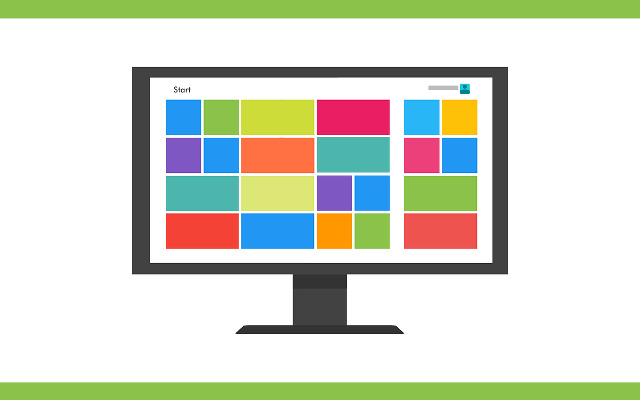The Windows Task Manager is a built-in utility that acts as the control center for monitoring and managing the system’s processes, performance, and applications. It is essential for troubleshooting system slowdowns, identifying resource-heavy programs, and managing startup behavior.
1. Monitoring System Performance
Provides real-time data on CPU, memory, disk, network, and GPU usage.
Helps identify performance bottlenecks by showing which processes consume the most resources.
2. Managing Running Applications and Processes
Displays all active applications and background processes.
Allows users to end unresponsive tasks to restore system stability.
Offers control over process priority and processor affinity for performance tuning.
3. Controlling Startup Programs
Lists applications that automatically launch during Windows startup.
Enables or disables these programs to improve boot speed and reduce resource usage.
4. Viewing and Managing User Sessions
Shows all active user accounts and their resource consumption.
Allows switching, signing off, or ending a session to free resources.
5. Managing Windows Services
Lists system services with their current status (running, stopped, or paused).
Lets administrators start, stop, or restart services without using other tools.
6. Troubleshooting and Security
Detects suspicious or unknown processes that may indicate malware.
Provides the option to locate files or search online for process details.
Assists in diagnosing why the system is slow, unresponsive, or overheating.
https://win10.guru









